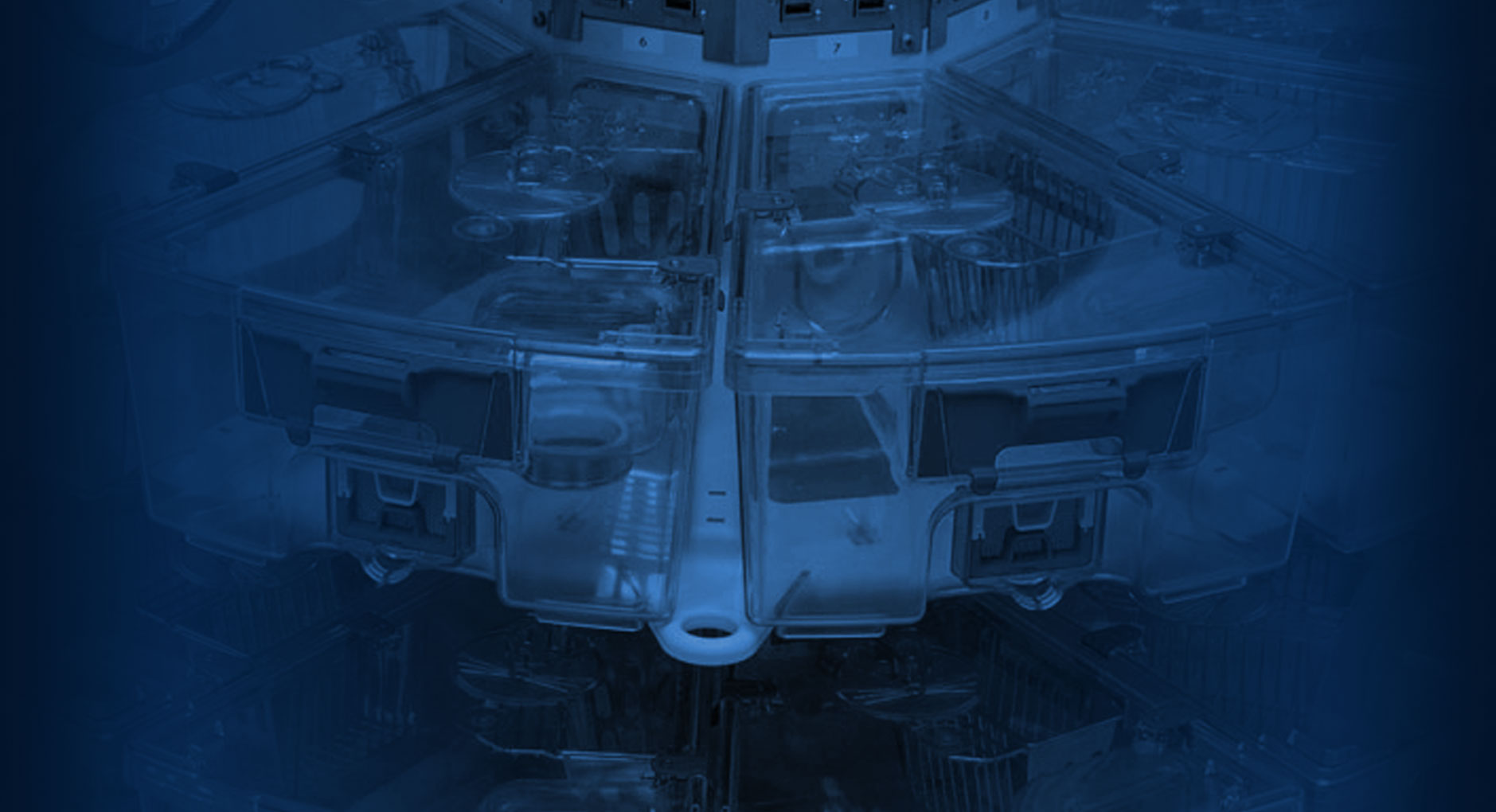University of Melbourne, Department of Medicine – Jennifer Davis
Jennifer Davis
Department of Medicine (RMH/WH)
The University of Melbourne Department of Medicine (RMH/WH) has been operating with 13 of our 20 Optimice racks in use.
These racks, in a facility not designed for individually ventilated cages have allowed us to make maximal use of the space while maintaining a specific organism-free environment, housing 15 mouse lines ranging from the standard control and transgenic lines through to experimental animals.
Our mice housed in the Optimice system are breeding at the same rate or better than they previously did in standard open top cages. The transparent cages allow for easy noninvasive observation of mice, such as health checks, birthing and experimental observations, reducing the amount of stress on the animals. Animal behaviour remains normal even while the racks are being gently turned to access other animals. Some previously jumpy strains have also begun to quiet down since the move to Optimice.
Optimice cages have proved to be easy to use, with no parts requiring maintenance at this stage. The system was connected to our exhaust by Australian Animal Care Systems staff, and there have been no problems with airflow since the installation. This direct installation to the room exhaust, which vents directly outside, ensures there are no animal odours in the facility except in the wash area, a setup that is providing comfort to researchers with allergies. The movement of air through the cages via the low-placed front filter and high-placed back filter, coupled with the use of aspen bedding, has reduced the frequency of cleaning required, thus lowering the stress on animals, and allowing staff to focus more on welfare and techniques than on just cleaning. The addition of the tunnels has proved beneficial for our stock mice by providing environmental enrichment which they use by hiding in, climbing upon and moving around the cage. To date there have been few instances of chewing, and the tunnels increase the floor space of the cage allowing us to house up to 8 mice of certain weights per cage. The tunnels are easy to wash, sterilise and stack. Tunnels are not provided to breeders. The option of two different sized feeders for higher and lower cage capacities, a powder feeder, and a tox floor (perforated wire bottom), have proved to be very helpful in our particular experiments. Overall the system has proved to be beneficial to our facility, allowing us to hold more animals than our previous facility with the added ease of handling and health monitoring, with little maintenance to the units themselves.
We have had very few occurrences of floods from the bottles as they do not tend to block or flood unless they are improperly capped or the bottle itself is damaged.
The customer service from both Animal Care Systems and Australian Animal Care Systems was excellent from the first contact point when they were willing to design additional items for the cages, and this service has continued to this date. I have no hesitation in recommending this system to other users and I encourage them to seek the advice of Australian Animal Care Systems when laying out and installing into the facility. Thanks to the extra care given by the AACS team, the delivery and installation of the system into our facility was quick and much easier than anticipated.
UPDATE
We house mice in groups with a maximum of 8 per cage using the tunnel troughs as enrichment. We also use the recommended aspen bedding, which has increased the time between our cleaning cycles. Too much sawdust, however, will increase the frequency of changes as it won’t dry out properly in the cage. Cages with 8 mice are cleaned weekly; cages of 6 to 7 can go from 10 to 14 days but generally require a top-up of feed after 7 days as we have the smaller sized feeder; water will last for 10 days in a cage of 7 mice. (All of this is of course dependent on size and sex of the animals).



